What It’s Like To Be A Birth Photographer in India, & Why I Quit Law To Become One
Delhi-based Urshita Saini runs Momma Story, a birth photography studio that captures moments from the process of labour and child birth for parents to document their newborn’s arrival.
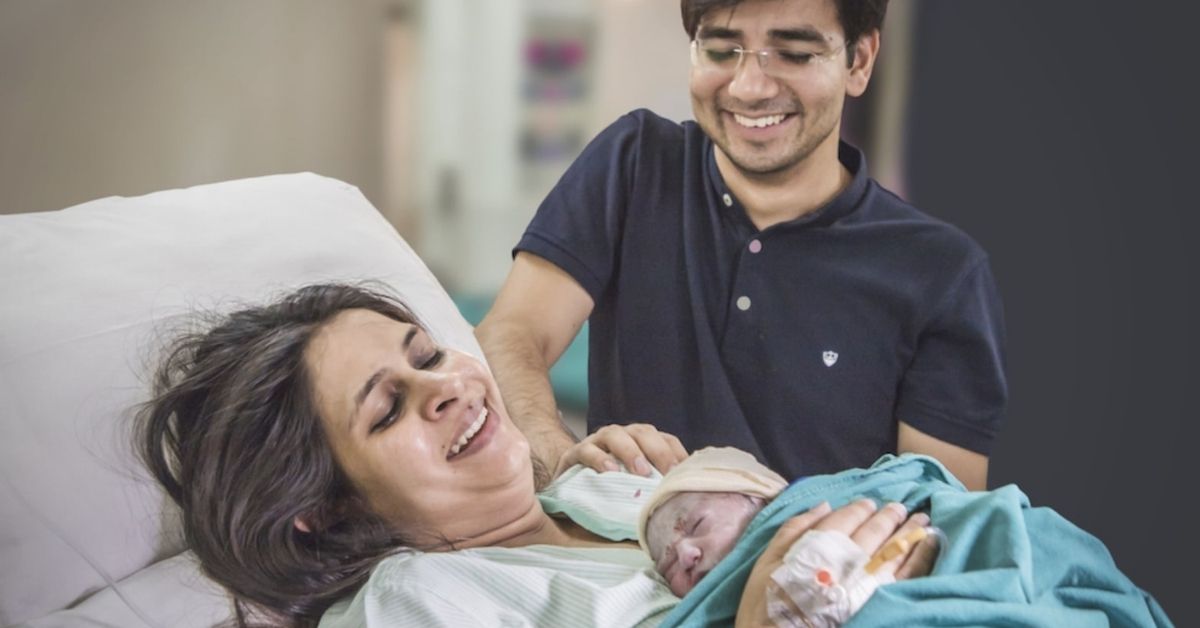
“What’s the worst that could happen?” On a usual day, this is Urshita Saini’s go-to phrase. But on this particular day, it seemed to be of no help.
Watching the woman in labour scream, other voices around her began to fade away. Suddenly, she was recalling all the discouraging comments from doctors, friends, and relatives when she had first expressed her desire to pursue birth photography.
Snapping back to reality, she held her DSLR with trembling hands and shot a few quick photos as the wailing newborn emerged from the other. It wasn’t so much the blood that made her freeze, but more of the screaming pleas of the woman giving birth.
“The doctors remained so calm even in that highly tense atmosphere. At one point, they were talking to the patient casually. As soon as the baby started crowning, I clicked pictures and forgot everything about photography like framing, composition, and lighting. However, when the new mother and father saw the pictures, they were overwhelmed. Capturing a human’s first photo upon entering this world gave me a different high. I had found my calling,” Urshita recalls to The Better India.
The entire process must have taken not more than 15 minutes, but it was enough to change her life forever.
This was her first assignment on birth photography, which took place in April 2017, a time when the concept of clicking woman in labour was not too known in India. Over the last five-odd years, Urshita’s Delhi-based company ‘Momma Story’ has completed 500 shots, of which 300 are done by her.
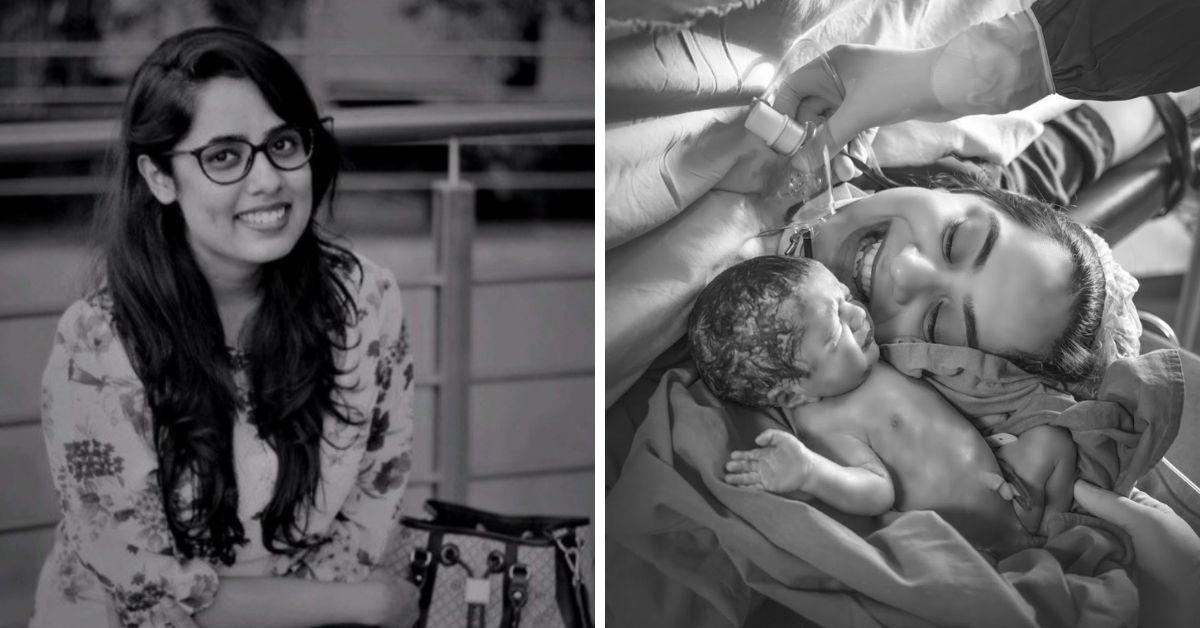
So what exactly is birth photography, and how is it different from pregnancy or post-delivery photoshoots?
While the latter can be done with planning, the former is more about documenting the arrival of a human via c-section or vaginally.
“This is a common phenomenon in the West, but here in India, if you tell someone that a pregnant lady will be captured naked and vulnerable while on the operation table, they will call you crazy. Plus, there are issues because no one is supposed to see the newborn for 40 days to keep the baby protected from evil, etc. Only after you see the images do you realise how precious they are,” she adds.
I left law to pursue birth photography
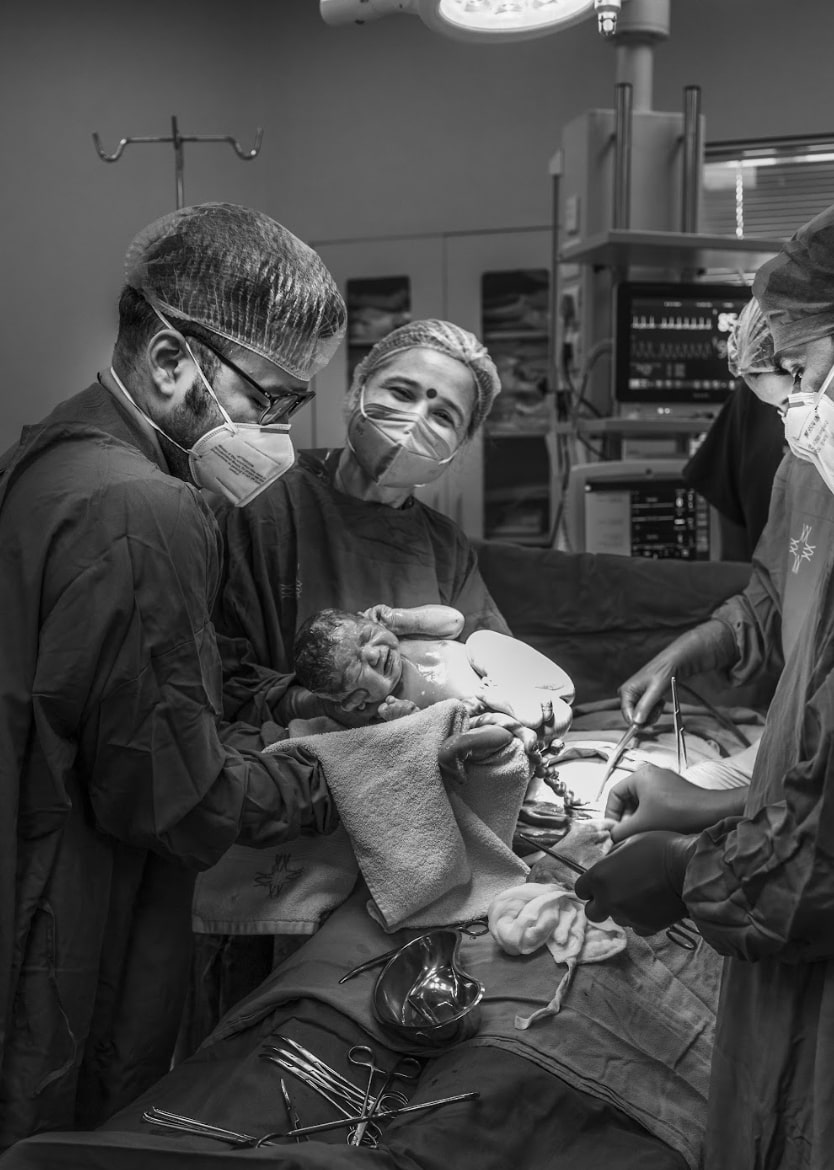
Urshita says she was never interested in studies, but growing up in a middle-class family meant she had to get a degree. So she studied law.
In her second year of LLB, as she immersed herself in thick law books, she found solace in photography. She was the unofficial photographer of the family during social gatherings, and eventually transitioned from a basic digital camera to a DSLR for more practice.
By the end of her degree, she decided to take the plunge and pursue freelance wedding photography. Convincing her parents was hard, but eventually, they came around. After all, she had a backup degree. What also helped was the release of the movie 3 Idiots, which took place around the same time, she jokes.
But the reality of professional photography hit her hard.
“The first thing I learned was to not click images in auto mode. I learnt the basics from YouTube and amateur photographers by going on photo walks. What helped was practice. I would click pictures endlessly at odd hours. One time, I found myself in Chandni Chowk at 5 am to get the perfect sunrise shot. I freelanced wedding photography for two years at a very low price to build my portfolio. I got a job in a magazine in 2016 because of which I found my true passion,” she says.
For its second issue, the magazine focussed on the maternity section. While they found photographers for pregnancy and post delivery shoots, they could not find a birth photographer.

“We searched across India but it was a failed exercise. That’s when Sahil, my colleague, suggested I try, and kept pushing me till I agreed. I must have met some 20 doctors who turned me away. Finally, my father’s friend suggested I call a doctor running a charitable IVF hospital where NRI patients are in majority. When I started to talk to the patients, they all refused, and some were scandalised. After days, one couple agreed — I couldn’t believe it. That’s how my first assignment happened,” she says.
Urshita underwent training as a doula and learnt protocols like where to stand, what not to touch, maintaining the confidentiality of the doctor, etc. She had to unlearn all her photography lessons and adjust to the erratic lighting of the OT.
Birth photography as a career
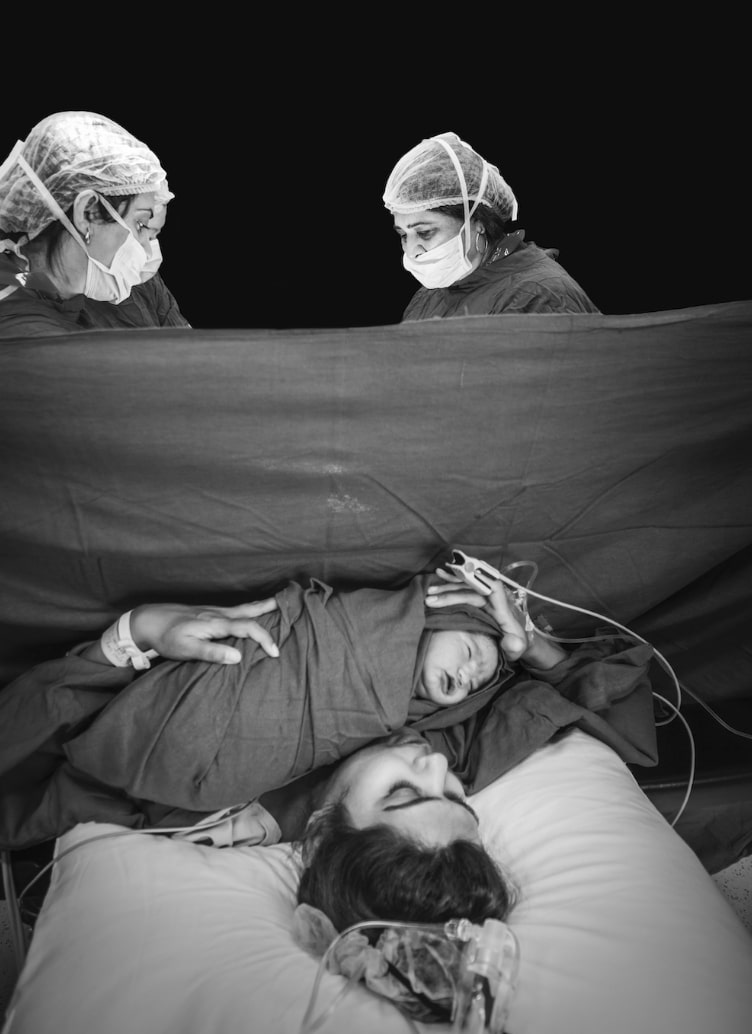
With the first assignment’s portfolio, Urshita quit her job and began receiving more clients. It kept getting better after every shoot and by the eighth one, she knew she had made it.
“One child’s grandmother handed me Rs 500 as shagun when I went to their house to deliver the pen drive. In another instance, this driver was keen on getting a photo clicked of his baby. They had tried IVF, which had worked after years of trying. But he did not have the money. So we did it for free. We were surprised to note the acceptance level of birth photography in a low-income households. He had twin girls,” she shares.
Such heartwarming incidents are the reason why Urshita’s company is now well-known among big hospital chains across India.
However, the job is not easy.
Erratic work timings can be frustrating, she notes. One time, she had to wait in the hospital for three days as a woman went into labour. Till she formed her team, she did not take a single day off. Her phone is on 24/7 and her social life is a mess.

Every time someone applies for a job at her company, Urshita first judges if the person has the nerves of steel to go through the birthing process. It is a blood bath inside the room and there is no space for the faint-hearted, she says. She then trains her team, which presently has 26 employees. According to law, no male member except the husband is allowed inside. So she hires only women for photography.
Among the many things that have changed in her career, her personality and people’s mindset are what she is most proud of, she explains.
She adds that she is glad she didn’t listen to people who said birth photography will not work, for she has even visited Tier-2 cities like Jalandhar for these shoots.
“Compared to a few years ago, we now get many messages and calls for inquiries. Before committing, we send them birth videos so that they are aware of the atmosphere and gravity of the situation. As more people are interested, we are now expanding our team. I want to train photographers across India who can start their own ventures in this sector,” she says.
As for Urshita, she says this career has opened her eyes to how little women know about pregnancy.
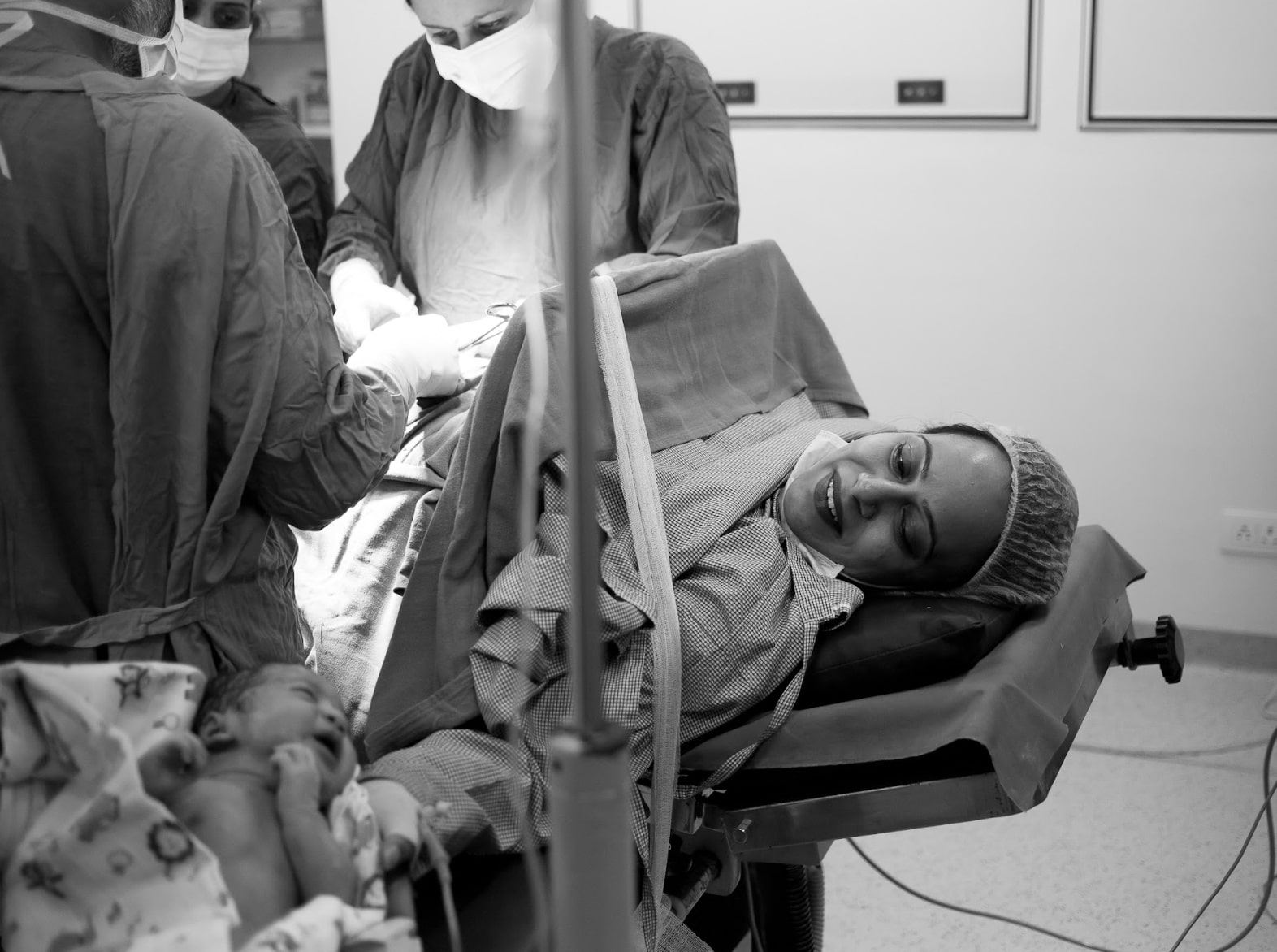
“No one talks about the real process of childbirth. Once the woman is pregnant, they rely on doctors for everything. For example, many don’t know that something as simple as keeping one’s thigh healthy makes the process easy. A sedentary lifestyle does not help. One day, I would like to become a mother, and thanks to this profession, I have started making small changes in my personal lifestyle,” she adds.
Click here to know more about Momma Story.
Edited by Divya Sethu
If you found our stories insightful, informative, or even just enjoyable, we invite you to consider making a voluntary payment to support the work we do at The Better India. Your contribution helps us continue producing quality content that educates, inspires, and drives positive change.
Choose one of the payment options below for your contribution-
By paying for the stories you value, you directly contribute to sustaining our efforts focused on making a difference in the world. Together, let's ensure that impactful stories continue to be told and shared, enriching lives and communities alike.
Thank you for your support. Here are some frequently asked questions you might find helpful to know why you are contributing?


This story made me
-
97
-
121
-
89
-
167














